
Online fundraising is a cornerstone of nonprofit success. Virtual campaigns are quick to launch, cost-effective, and capable of reaching supporters beyond your immediate network. However, publishing a campaign page is only the beginning. Without the right promotional strategy, even the most urgent cause can go unnoticed.
Your digital marketing strategy determines whether donors will actually donate to your fundraiser. Whether you’re launching your annual Giving Tuesday campaign or testing a new fundraising idea, you need the right messaging and channels to gain traction and inspire action.
Promote Your Fundraiser with Google Ads.
Google Ads can direct high-intent users to your fundraising campaign. In other words, people who use Google to find specific causes and nonprofits like yours will be able to find you. For example, if someone searches “donate to stop deforestation,” your environmental organization’s Google Ad might appear at the top of the search results, leading them directly to your donation page.
 Alt Text: A screenshot of Google Ads for the search query “donate to stop deforestation.”
Alt Text: A screenshot of Google Ads for the search query “donate to stop deforestation.”
Best of all, your nonprofit might be eligible for free Google Ads. With the Google Ad Grant, eligible organizations receive up to $10,000 per month in credits to spend on Google search ads.
Before advertising, you’ll need to apply for the program. To get accepted, your nonprofit must:
- Hold valid charity status in your country. For example, U.S. organizations must be registered as 501(c)(3) with the IRS.
- Be registered with Google for Nonprofits.
- Follow inclusive hiring and service practices and use donations appropriately.
- Comply with Google’s website policy, which means having proper security and valuable mission-related information.
Getting Attention’s Google Grants eligibility guide explains why Google implements these requirements. For one, they don’t want dishonest groups tricking donors into providing their payment details or private addresses. Even if an organization is legitimate, its website might not follow proper security protocol, meaning a hacker could intercept donor information. Further, Google wants its users to have a positive experience. If a nonprofit website Google promotes through ads isn’t valuable, that could reflect poorly on the search engine.
Creating A Great Google Ad
Google Ads work best when your message matches what donors are searching for. Instead of just showing up in search results, your ad should lead users to exactly what they need. Here’s how to craft an ad campaign that captures attention and drives donations:
- Choose focused keywords. Put yourself in a donor’s shoes. What would they type into Google to find your nonprofit? Target phrases that relate directly to your programs, like “fund clean water projects” or “animal rescue donations.”
- Make your ad’s message match the page it leads to. If your ad promotes “meals for homeless families,” the landing page should emphasize that exact initiative.
- Craft compelling ad copy. Be clear, emotive, and direct. Use action words and make your impact tangible (e.g., “Give a child clean water today”). Keep it tight—space is limited.
While powerful, Google Ads come with a learning curve. You’ll need to stay within character limits, understand how to use ad assets (which allow you to add extra features to your ads), and consistently optimize performance.
Working with a Google Ad Grants manager can help you maximize your ads’ success. Plus, with a grant manager’s years of experience backing your efforts, you won’t waste time or ad credits trying to figure out what works.
Make Your Campaign Page Inspiring and Easy to Use.
Driving traffic to your fundraising page is only half the battle. To turn visitors into donors, your campaign pages must be compelling, and every element must lead donors toward making a donation.
Include these essential design elements:
- Prominent donation button: Place your button above the fold so visitors see it immediately. Use contrasting colors and action-oriented text like “Donate Now.”
- Text and visual storytelling: Include an impactful photo of beneficiaries and a short, compelling story or quote that shows exactly who the donor’s gift will help.
- Clear call to action (CTA): Be bold and specific. Reinforce why the donor’s action matters right now with urgency-driven language like “Donate today to provide emergency shelter to local families in need before temperatures drop.”
- Suggested giving levels: Meyer Partners recommends helping donors understand where their gifts will go by creating detailed donation tiers. For example, “$35 provides five warm meals to local seniors.”
- Keep your donation form short. Only ask for essential information like name, email, and payment details. The fewer steps it takes to give, the more likely donors are to complete the process.
Additionally, you might even add a convenient button to opt into monthly donations to upgrade one-time support into recurring gifts. Then, remove anything that might distract visitors from donating, like extra navigation links, lengthy sidebars, or unrelated messaging.
Expand Your Reach with Social Media.
Social media is perfect for broadcasting fundraisers. Platforms like Instagram and Facebook help you reach new audiences by tapping into your current supporters’ networks. When someone shares your campaign, they introduce it to friends and family who might never have heard of your cause otherwise.
Instead of simply posting donation links, try these strategies for promoting your fundraiser on social media:
- Post authentic, heartfelt stories from people your nonprofit has helped. Adding photos or quotes can humanize your message further.
- Design graphics that show progress toward your fundraising goal. Think along the lines of visual thermometers or countdowns.
- Invite your followers to be advocates. Encourage them to share your posts, tag friends, or launch their own peer-to-peer fundraisers on your behalf.
- Share short video clips or go live to provide real-time updates on your fundraiser’s progress and answer followers’ questions.
Each social media platform connects you with a different part of your network. Instagram and TikTok are ideal for eye-catching visuals and quick updates. Facebook is great for fostering conversations and mobilizing supporters to spread the word. LinkedIn allows you to reach professionals and potential corporate sponsors. Adjust your message and tone to match each platform’s user expectations to get the best results.
Create a Strong Email Marketing Plan.
Email marketing generates around 28% of all online nonprofit revenue, making it a channel nonprofits can’t afford to ignore.
Each email you send should include a compelling subject line, a greeting, a personalized appeal, powerful visuals, a strong CTA, and a signature from someone at your organization (like your executive director):
 Alt Text: A mockup of an email with labels for different sections to include
Alt Text: A mockup of an email with labels for different sections to include
Additionally, try these strategies to create strong nonprofit emails:
- Send a pre-launch email a few days ahead of your campaign to tease the fundraiser and explain how supporters can help.
- Use a launch-day email to make a strong opening push. Include your donation goal, timeline, and an eye-catching image or video.
- Plan a series of reminder and update emails to keep momentum going. Share campaign progress, donor spotlights, or beneficiary stories.
- Segment your audience and tailor appeals based on giving history or interests. For example, returning donors might get a different set of messages than first-time supporters.
Even after someone gives to your campaign, emails can help continue the conversation. For example, a timely, sincere thank-you email helps donors feel appreciated, making them more likely to give again in the future.
Leverage Local Ties.
Expand your reach by looking beyond your existing networks. Local media outlets, corporate sponsors, and nonprofit partners can get your fundraiser in front of the broader community.
When working with news outlets, offer interviews with a member of your team or a willing beneficiary. Or, you might instead write and submit a press release tied to a local angle or story.
Community partners can get involved in a few ways, too. They can share your campaign with their employees, customers, and supporters. To do this, they might post on social media or put up flyers. Companies may even be willing to match all of or at least a portion of the money you raise during your campaign. Meanwhile, other nonprofits may be up for co-hosting a campaign where you share revenue.
No matter how local media outlets, businesses, or other nonprofits promote your campaign, they’ll lend credibility by attaching their name to your fundraiser.
Start Promoting Your Fundraisers.
Promoting online fundraisers effectively takes more than a few posts or emails. When you post compelling messages on multiple channels, you can reach more supporters, build trust, and inspire action.
Start with one strategy that feels doable, whether it’s applying for the Google Ad Grant, crafting emails, or asking a corporate partner to promote your fundraiser. The important part isn’t which strategy you choose first. Instead, it’s that you take that first step!
Then, steward those relationships, whether that’s by sending thank-you emails, building a donor wall, or even calling your campaign’s most generous donors. In turn, you’ll lay the groundwork for future campaigns and make it easier to secure donations.
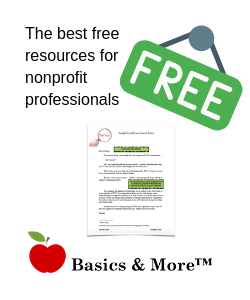
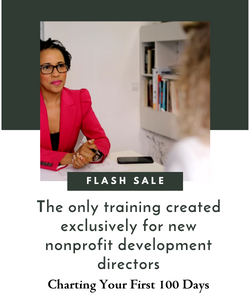
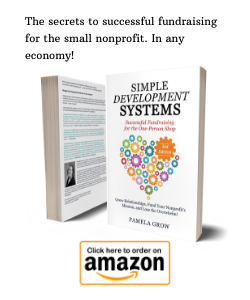
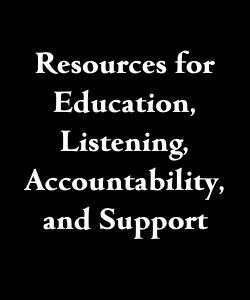

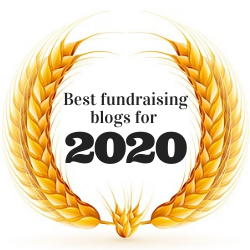


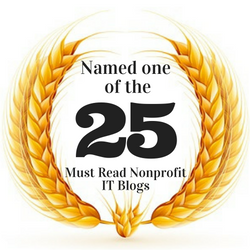
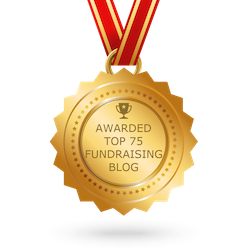
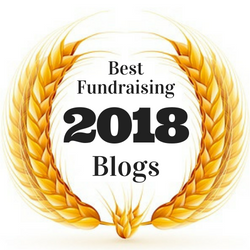
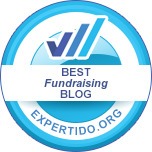
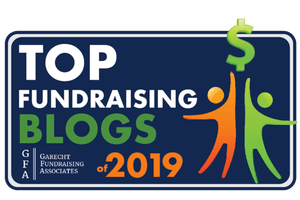
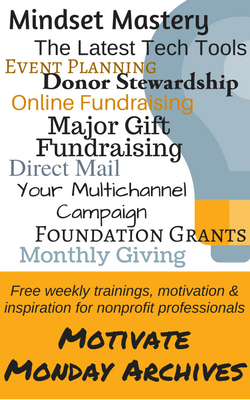


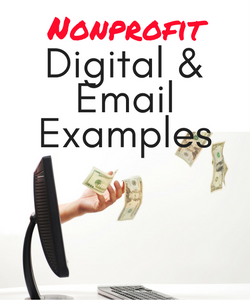

 I can’t wait to meet with you personally.
I can’t wait to meet with you personally.
Comments on this entry are closed.